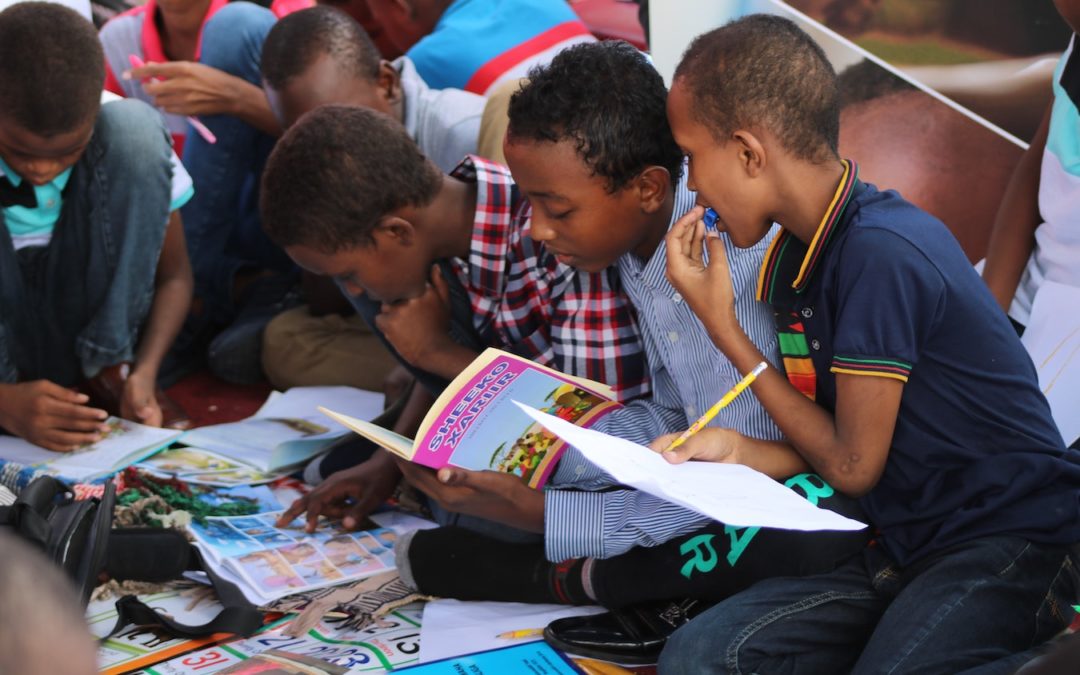According to the Pew Research Center, by 2050, more than one-third of the country’s schoolchildren will be either immigrants or the children of immigrants. This means that schools will need to rethink their approach to addressing racial and cultural issues. They should also consider how to best engage with the diverse families in their communities.
Despite the number of children in the US who are immigrants, many schools are not equipped to meet the needs of these students. Many of them are learning two languages, which is very valuable, but schools still need to learn how to support and develop their native language.
In Yasmin Bashirova’s experience, she came to the US as a junior in high school and had to quickly adjust as a first-generation immigrant and international student with no family nearby. Without the proper curriculum and resources in place to support her native language, Yasmin had to overcome various linguistic barriers in her education and social environment. While she is thankful for the opportunity to have pursued an education in the US, she also recognizes the varoius steps that need to be taken to better support immigrant students in their transition to the US while also upholding the beauty of their culture.
The increasing emphasis on standardized testing has led to schools focusing on the memorization of English instead of the development of children’s native languages. This is not only a waste of resources, but it also undermines the vital role of native languages in children’s learning. When schools support immigrant youth by providing them with bicultural identities, they can help them navigate through various cultural worlds. In the 21st century, children need to be able to cross cultural boundaries due to the many different cultural groups in the US and abroad.
The more schools can do to improve the racial and cultural relations of their students, the more likely they will be able to succeed. This is because the more work they can do to address the stereotypes and prejudices that are based on their immigration status, the more likely they will be able to make friends. Yasmin Bashirova also set out to challenge these stereotypes and educate the community in New Hampshire after moving to the United States. In her case, she was trying to share Azerbaijani culture and leave her legacy in an area where people hadn’t even known where her country was located on a map. She still remains passionate about educating individuals about her culture and believes that immigrants have beautiful stories to share that can impact communities greatly and dismantle stereotypes.
Today’s teachers face many challenges when it comes to educating immigrant children. In places where the number of immigrants is rapidly increasing, they often find themselves dealing with unexpected issues such as community conflict and the lack of a common language. These issues can also affect the children’s learning.
Through the presence of immigrant youth in the classroom, they can expose their peers to different cultures and ways of thinking about the world. They can also help teachers develop effective strategies to address the various issues that are related to their backgrounds. For instance, by incorporating multiple forms of communication into their lessons, teachers can create a more inclusive environment.
To prepare their staff for the changes that will happen in the classrooms over the next few years, school and district leaders need to make sure that they are committed to addressing the various issues that will affect their students as well as capitalize on the opportunities that will arise from the changing student population. In addition to these actions, Yasmin Bashirova believes that it would be useful for the American schooling system to integrate more awareness of events that take place around the globe, as this helps create a better environment for cultural discussions that benefit the student population and impact the community.
This work can take time, and it requires a commitment to helping the most disadvantaged students in the schools. To ensure that this work is carried out effectively, regular professional development sessions should be held in conjunction with an ongoing school improvement model.

